Learn English
Learn and Practice English Effectively by Watching Reaction Videos
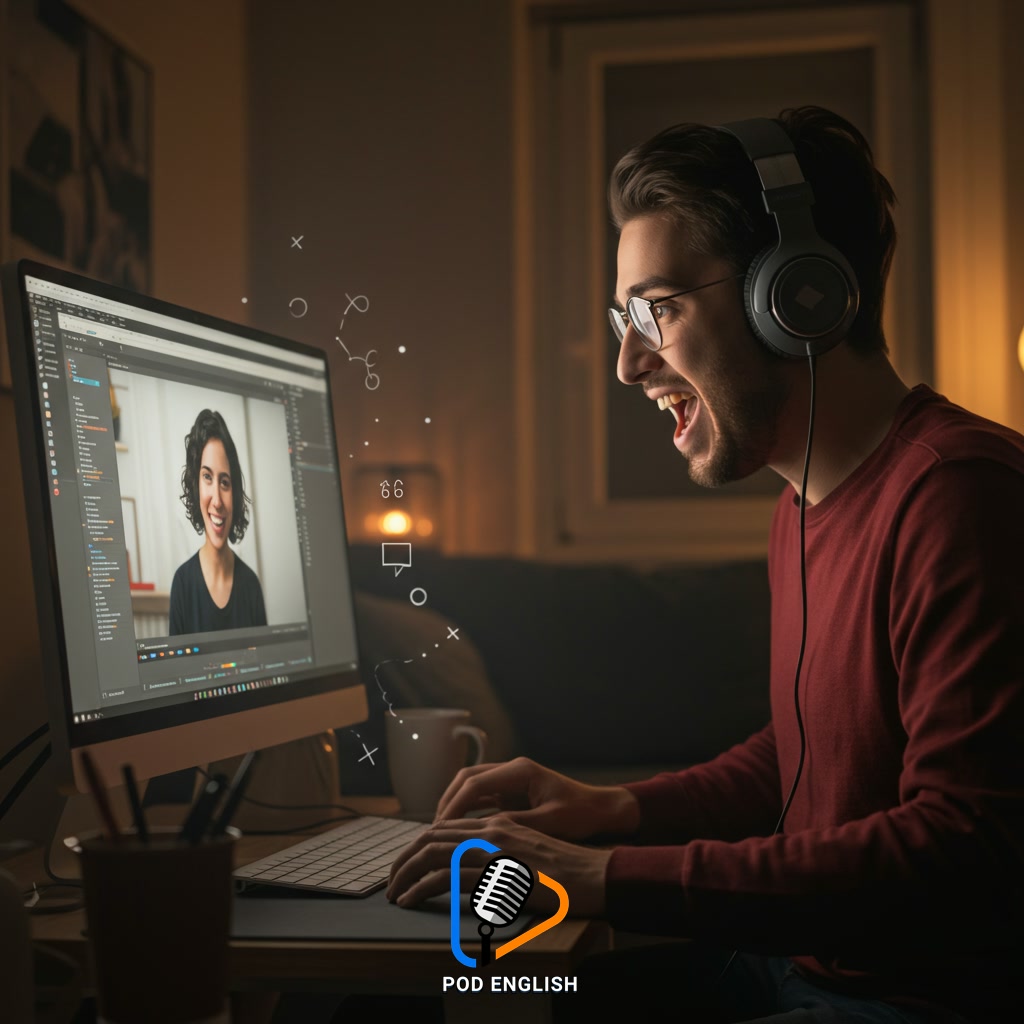
This content explores using reaction videos as a practical method for improving English skills. It discusses how watching people react to various media can provide exposure to natural conversation, slang, and cultural nuances. The approach offers opportunities for listening comprehension practice and vocabulary acquisition in an engaging format. Implementing this technique can significantly aid in effective English language learning and practice.
Table of Contents
- Section 1: Understanding Reaction Videos and Their Potential for English Learning
- Section 2: Why Reaction Videos Are Effective Tools for Language Practice
- Section 3: Choosing the Right Reaction Videos for Your Learning Goals
- Section 4: Practical Techniques for Learning Vocabulary and Idioms
- Section 5: Boosting Listening Skills and Pronunciation
- Section 6: Active Learning: Engaging with Reaction Videos
- Section 7: Incorporating Reaction Videos into Your English Study Routine
Section 1: Understanding Reaction Videos and Their Potential for English Learning
Reaction videos represent a popular online format where individuals record themselves watching and reacting to various forms of media, like music videos, movie trailers, or other viral content. For English learners, understanding what these videos are and how they work is the crucial first step. They provide authentic examples of spoken English in a natural, unscripted context, featuring conversational speech, slang, and idiomatic expressions often absent from traditional learning materials. The reactor’s visible emotions and non-verbal cues offer valuable context, helping learners grasp meaning and tone. By observing native or fluent speakers’ spontaneous responses, you gain insight into linguistic nuances and cultural reactions, making these videos a dynamic resource for improving listening comprehension and vocabulary in an engaging way.
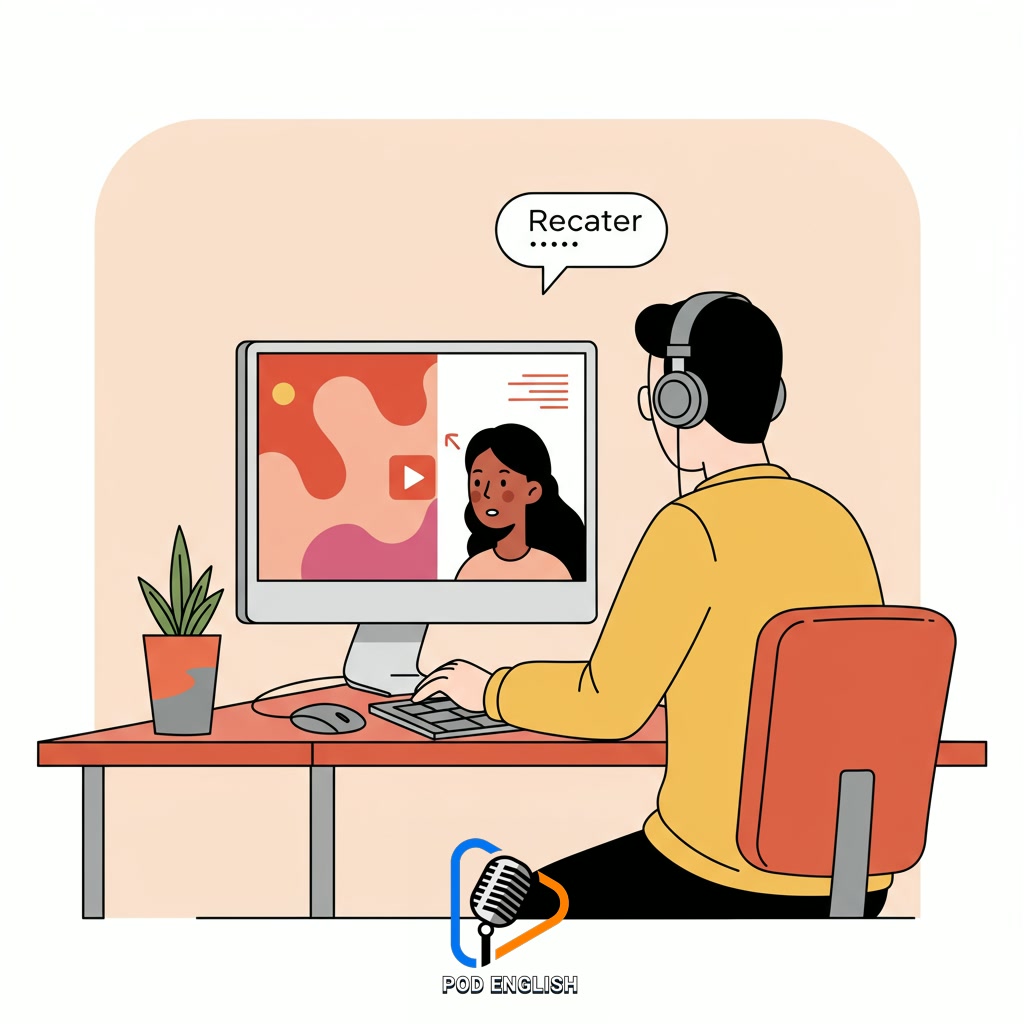
Understanding Reaction Videos and Their Potential for English Learning
Section 2: Why Reaction Videos Are Effective Tools for Language Practice
Reaction videos offer a unique and effective way to practice English because they expose learners to authentic, unscripted language used in real situations. Unlike textbook dialogues, these videos showcase natural speech patterns, including hesitations, slang, idioms, and various accents. Watching someone react provides crucial visual context – facial expressions, body language, and the content being reacted to – which helps in understanding nuanced meanings and emotional tone. Furthermore, the engaging nature of the content itself (music, movies, viral clips) keeps learners motivated and makes the process enjoyable. This combination of natural language exposure, contextual clues, and entertainment makes reaction videos a powerful supplementary tool for improving listening comprehension and vocabulary in a dynamic way.
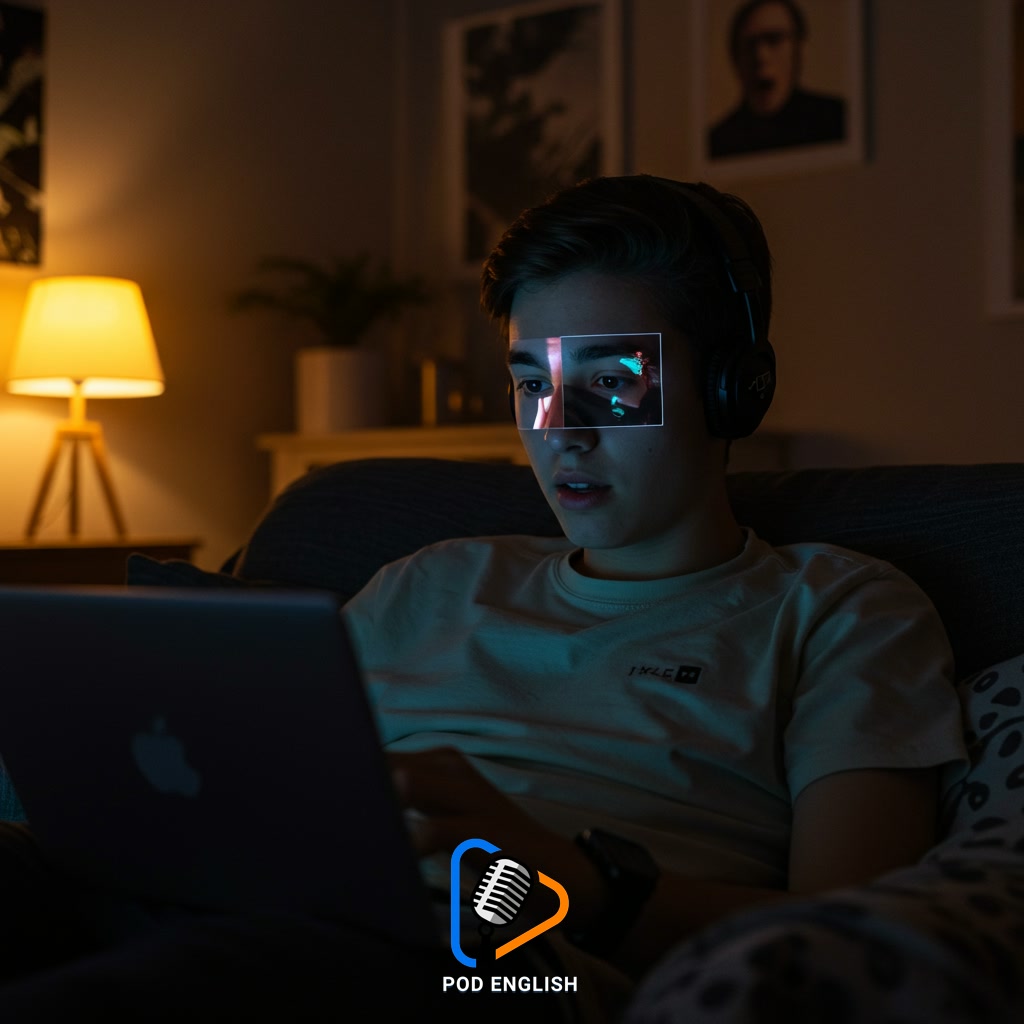
Why Reaction Videos Are Effective Tools for Language Practice
Section 3: Choosing the Right Reaction Videos for Your Learning Goals
To effectively use reaction videos for improving your English, selecting the right ones is crucial. Consider your current English level; beginners might benefit from clearer, slower speakers, while advanced learners can tackle faster, more natural conversations. Focus on topics you genuinely enjoy, such as movies, music, or gaming, as this will keep you engaged and motivated. Pay attention to the clarity of the audio and the speakers’ accents. Look for channels where the reactions feel authentic and spontaneous, rather than heavily edited or scripted, as this provides better exposure to real-life language. Don’t be afraid to try different channels and content types to find what works best for your learning style and goals.
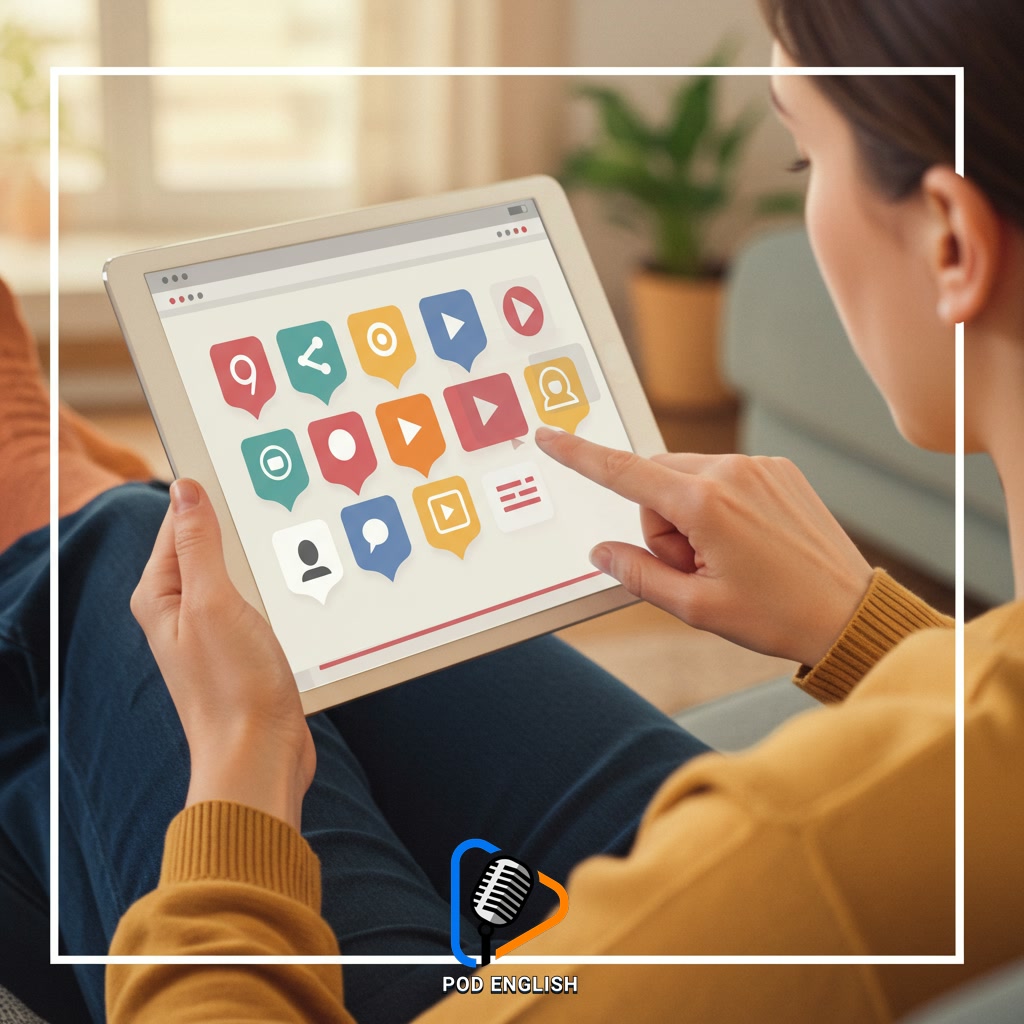
Choosing the Right Reaction Videos for Your Learning Goals
Section 4: Practical Techniques for Learning Vocabulary and Idioms
Once you’ve selected suitable reaction videos, the real learning begins with active engagement, particularly for expanding your vocabulary and mastering idioms. Reaction videos offer a rich source of natural, conversational English, including colloquialisms and idiomatic expressions not often found in textbooks. When you encounter an unfamiliar word or phrase, pause the video. Observe the context—the situation, the speaker’s tone, and their reaction—to infer the meaning. Write down the new vocabulary or idiom along with the sentence it was used in. After watching, take time to look up the exact definition and common usage examples. Repeating the phrase aloud or trying to use it in your own simple sentences can solidify your understanding and retention. This practical approach connects words to real-life situations, making them easier to remember and use correctly.
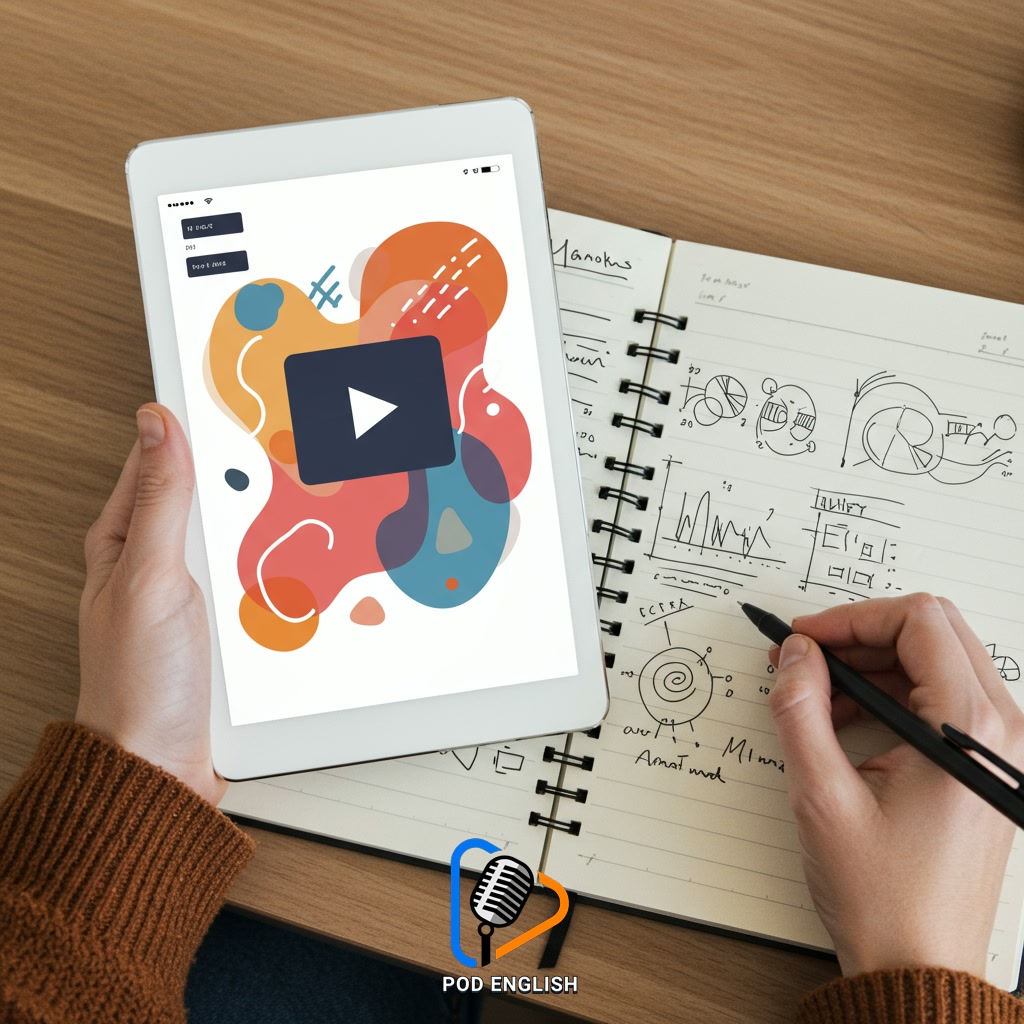
Practical Techniques for Learning Vocabulary and Idioms
Section 5: Boosting Listening Skills and Pronunciation
Reaction videos offer a dynamic way to significantly boost your listening comprehension. By watching native speakers react spontaneously, you gain exposure to authentic conversational speed, natural intonation, rhythm, and diverse accents, which are crucial for understanding spoken English outside of formal lessons. This unscripted environment allows you to hear how vocabulary and idioms you’ve learned are used in context, improving your ability to pick them out in rapid speech. Additionally, paying close attention to the speakers’ mouth movements and how they produce sounds can be a practical aid for improving your own pronunciation. Mimicking their speech patterns and intonation helps you sound more natural and clearer when you speak.
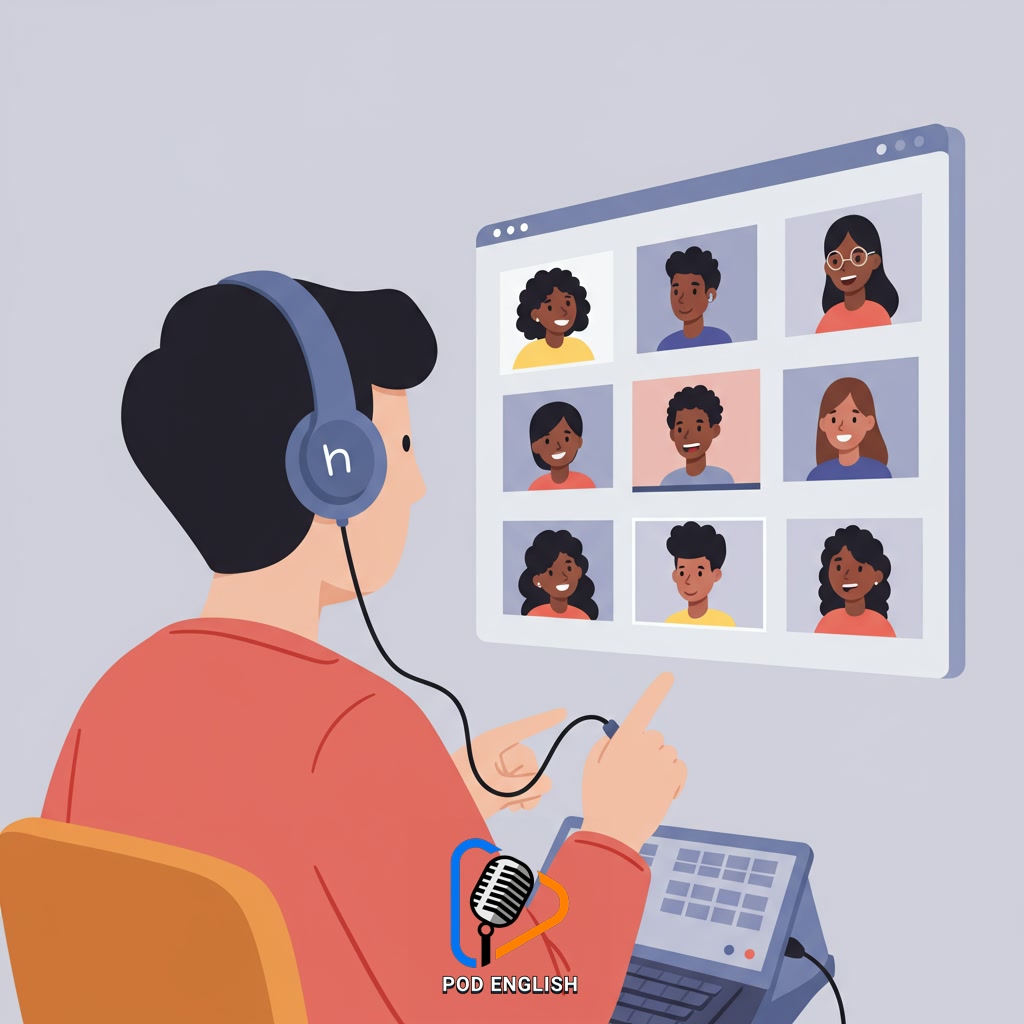
Boosting Listening Skills and Pronunciation
Section 6: Active Learning: Engaging with Reaction Videos
Moving beyond just listening, active engagement transforms watching reaction videos into a powerful learning tool. Instead of simply letting the video play, pause frequently. When you hear a new word or phrase, jot it down and look it up later. Pay attention to how intonation and body language convey meaning, and try mimicking them yourself. Consider why the reactor responded in a certain way and think about how you might react. You can even try predicting their reactions before they happen. By actively interacting with the content – pausing, repeating, questioning, and reflecting – you solidify your understanding and make new vocabulary and expressions truly your own. This conscious effort turns passive viewing into dynamic practice, significantly boosting your English skills.
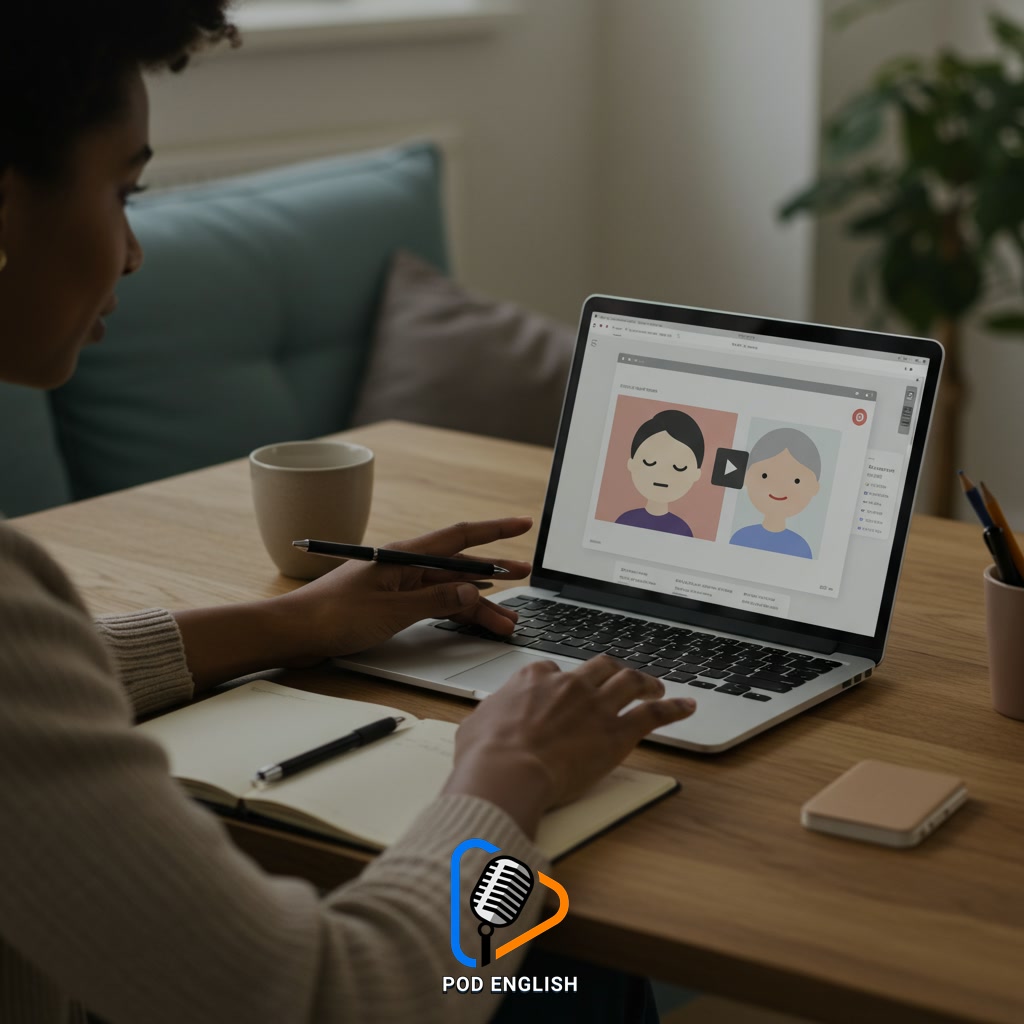
Active Learning: Engaging with Reaction Videos
Section 7: Incorporating Reaction Videos into Your English Study Routine
To effectively use reaction videos for English practice, integrate them actively into your study routine rather than just watching for entertainment. Designate specific times each week for this activity. During these sessions, go beyond passive listening. Keep a notebook or digital file open to jot down new vocabulary, interesting phrases, or common slang you encounter. Use the pause button frequently to look up words, replay confusing sections, or practice repeating sentences aloud to improve pronunciation and fluency. Try to identify cultural references or nuances that might not be immediately obvious. This deliberate, interactive approach ensures that watching reaction videos becomes a productive learning tool that complements other study methods.

Incorporating Reaction Videos into Your English Study Routine













